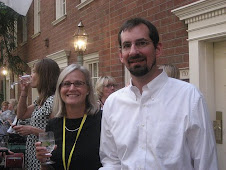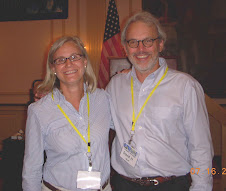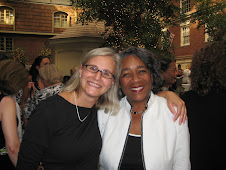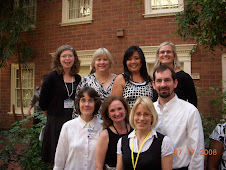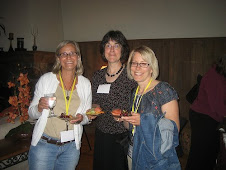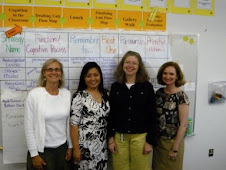Vision
Since EHS has devoted resources to the National Urban Alliance (NUA) program for the past five years, and since EHS staff development will continue to focus on literacy during the 2009-10 school year, funding has been secured for a Culturally Responsive Leadership Team to continue developing the talents of teachers to ensure personalized learning for all students.
Leadership Team Description
- The team is facilitated by Jackie Roehl, EHS Literacy Coach
- The team meets approximately once per month. Meetings will focus on learning new teaching strategies and discussing the school’s NUA and culturally responsive sustainability efforts.
- Since many NUA participants over the years felt that missing instructional days was difficult, this team will only be out of the classroom for two days throughout the school year. Other meeting times will be before or after the school day.
- During the two full-day workshops members will learn new strategies, share artifacts and ideas, discuss articles and research, discuss and possibly collect data, and plan for EHS staff development days.
- The team is responsible for presentations at the November 24 and February 23 building staff development days.
- Team members will facilitate artifact sharing and dialogue about strategies and culturally responsive issues at a few staff meetings.
- Team members may choose to attend Cultural Collaborative workshops and report back to the team since WMEP is planning on bringing in a number of NUA’s senior scholars for Cultural Collaborative workshops next school year.
- The team may work with any future equity teams implemented at EHS.
Team Members
Jackie Roehl (Facilitator)
Kristin Benson (English)
Elizabeth Barniskis (English)
Rachel Tholen (English)
Chris Dalki (social studies)
Amy Kampf (social Studies)
Dana Weiland (science)
Page Kinner (science)
Natasha Kissock (ELL)
Jenn Cordes (special ed)
Alexis Galt (math)
 They then used their group's two or three assigned words to create a skit
They then used their group's two or three assigned words to create a skit 



